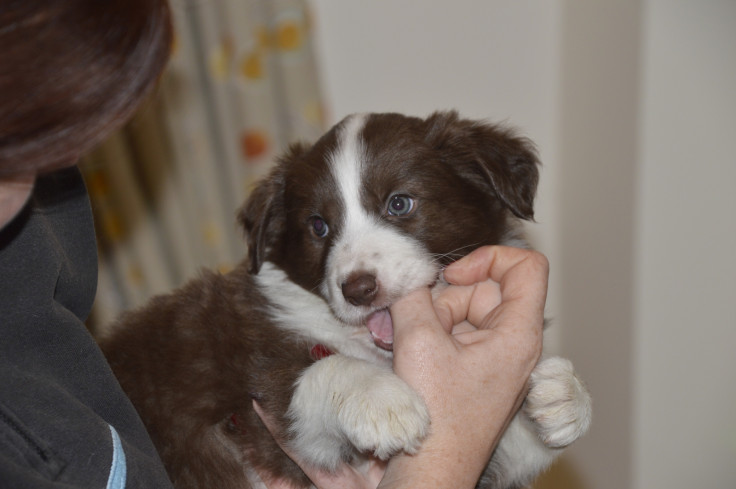What do puppies and babies have in common? Baby talk works on both
Speaking at a higher pitch and clearly articulating words is particularly exciting for puppies, but not older dogs.
For everyone who uses baby talk when chatting to their dog – it's ok, it works, scientists say. But only when they're a puppy.
Baby talk, with its higher than normal pitch and slower pace, is known to engage infants and young children more than ordinary speech. Puppies also find this type of speech – termed pet-directed speech when animals are involved rather than children – much more engaging, according to a paper in Proceedings of the Royal Society B. What's more, the higher the pitch, the more excited the puppy will be about it.
"Dogs have been in close relationships with humans for thousands of years and this intimate proximity is reflected in many aspects of mutual understanding and empathy," the authors write in the paper. This stretches to trying to use a special kind of communication that's otherwise reserved for babies.
In the study, people were presented with a smartpad screen and given the following sentence to read:
"Hi! Hello cutie! Who's a good boy? Come here! Good boy! Yes! Come here sweetie pie! What a good boy!"
Alongside the sentence was either a picture of a puppy, a full grown dog or no picture as a control. People used baby talk more when there was a picture of an adult dog, and used an even higher pitch when it was a picture of a puppy.
But when the recordings of their speech were played back to either puppies or dogs, it was only the puppies got particularly excited by the baby talk. For puppies, the higher the better when it comes to speech, and the more they will react to it.
The fact that people tend to use baby talk to speak to dogs of all ages, as well as babies, suggests that this form of speech is directed at non-speaking partners, the scientists say, even though it doesn't elicit any more of a response from adult dogs than ordinary speech.

When baby talk is directed at human infants, it helps to engage and maintain their attention, the authors write. When directed at puppies, it helps to excite them and promote interaction.
"This speech pattern thus constitutes a functional signal promoting human-puppy interaction."
© Copyright IBTimes 2025. All rights reserved.






















